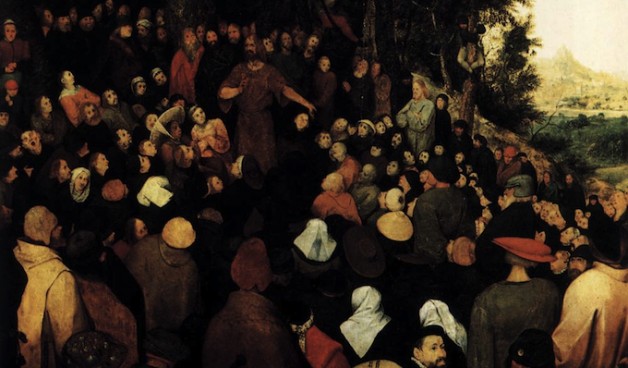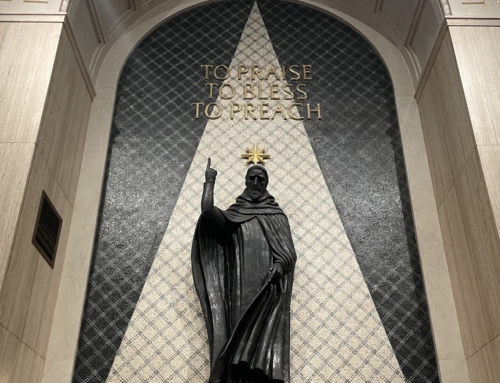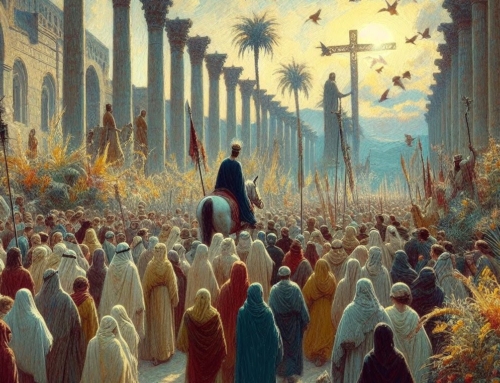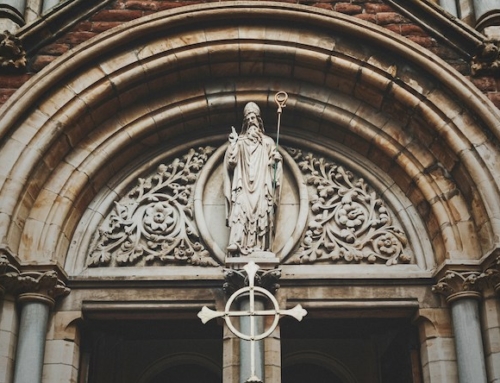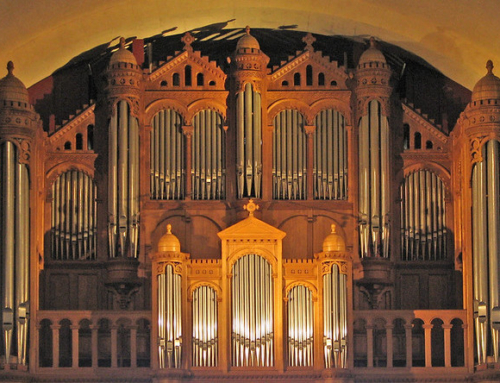In a 2005 address to the Roman Curia, Pope Benedict said of Vatican II, “If we interpret and implement it guided by a right hermeneutic, it can be and can become increasingly powerful for the ever necessary renewal of the Church.” Quoting this passage in his letter announcing the Year of Faith, Benedict invites the faithful to a deeper participation in the graces flowing from the Council, especially this year.
But, we might ask, why does Vatican II need to be interpreted? Fifty years later, doesn’t saying that the Council still needs to be implemented “guided by a right hermeneutic” betray a lack of confidence in the Council itself? If the Council’s dogmatic teachings are really inspired by the Holy Spirit, wouldn’t God, who “is not a God of confusion but of peace” (1 Cor 14:33), guide the reception of the Council as well as its deliberations?
To begin an answer to these questions, we can look a little closer at what a council, or any act of the magisterium, really is.
The history of the Church and its magisterial pronouncements can be read as a two-thousand-year process of answering two questions: “Who is God?” and “How do we see his face?” The Church, established by Christ as the calling-together of God’s people to form the Mystical Body of Christ (CCC 751–752), is the ordinary means whereby man lives in the light of Christ and his grace. The Church lives as a sustained participation in and reflection on the mystery of Christ, and the Holy Spirit guides her in coming to a deeper understanding of the deposit of faith given completely by Christ (Jn 16:12–13). The magisterium exists to preserve the deposit of faith, witnessed in the Scriptures and the living Tradition of the Church (Donum Veritatis 6). Acts of the magisterium, then, both in its ordinary functioning through the teaching office of the pope, cardinals, and bishops, and in its extraordinary acts like papal proclamations, dogmatic definitions, and ecumenical councils, help direct men to God by sifting the wheat from the chaff in theological teaching and religious practice.
But magisterial statements are not magical spells that instantly fill the hearts and minds of all who hear them with perfect clarity and understanding. What exactly a conciliar decree means and how it accords with Scripture and Tradition will inevitably cause debate. Consider the explosive aftermath of the Council of Nicaea in 325, where four major rival schools competed to interpret or reject the council, with saints defending two of the four schools and everyone concerned to prove his argument by appealing to Scripture and Tradition.
So we should not be surprised or dismayed to find Pope Benedict, or Bl. John Paul II before him, urging the faithful to “interpret and implement” Vatican II, even decades after the close of the council; post-Nicene conflict caused persecutions and political upheaval until the Council of Constantinople in 381. The sixteen profound documents of the Council state many fascinating and vital positions on key theological teachings, including religious freedom, church–state relations, the role of the laity, ecumenism, the nature of the liturgy, etc., and the present task at hand is to elucidate the real but not always obvious ways those teachings stand as developments in continuity with Scripture and Tradition.
There are two major lessons that we can learn from the theological—and even social and political—storms that have roiled in the aftermath of previous ecumenical councils: first, that the life of the Church will be greatly enriched once these theological connections have been made and the teachings of the Council are more fully realized in the practice of the faithful; and second, that this process of faithful interpretation and implementation will not happen without charity.
“Charity” here is emphatically not just an emotional response or a half-hearted sentiment; it is the grace of God that infuses the soul and provides a structure of desire for the operations of the intellect and will, directing our actions toward concord with each other through unity with Christ the Truth. Without this charity, any theological reflection on the Council is doomed to discord and ideological fracture.
Bl. John XXIII knew that charity would determine the place of Vatican II in the life of the Church. In his exhortation Sacrae laudis, promulgated on January 6, 1962, he asked the Church to work for the success of the Council through prayer as a union in charity. He particularly asked those who pray the Divine Office to offer a prayer he composed for the work of the Council, that the unity of the Council might be symbolized and strengthened by the unity of those who prayed for it. As we pray and work for the continued interpretation and implementation of Vatican II, his call to prayer remains as important now as it was then.
The following, then, is the text of that prayer, adapted only to reflect the name of the current pope. The translation below is based on that given in The Pope Speaks, as no English translation is given on the Vatican website. Those who desire may offer it, as suggested by Bl. John XXIII, before each Office of the day, for the felix exitus (“fruitful result”) of the Council:
Acceptum tibi sit, Domine Deus, sacrificium laudis, quod divinae maiestati tuae offero pro felici exitu Concilii Oecumenici Vaticani secundi, et praesta, ut quod simul cum Pontifice nostro Benedicto suppliciter a te petimus, per misericordiam tuam efficaciter consequamur. Amen.
Accept, Lord God, the sacrifice of praise I offer to your divine majesty for the fruitful result of the Second General Council of the Vatican. United in intention with Benedict our Pope I offer it. Mercifully grant that we may indeed gain what we beg for so humbly. Amen.
✠
Image: Pieter Brueghel the Elder, The Sermon of St. John the Baptist

